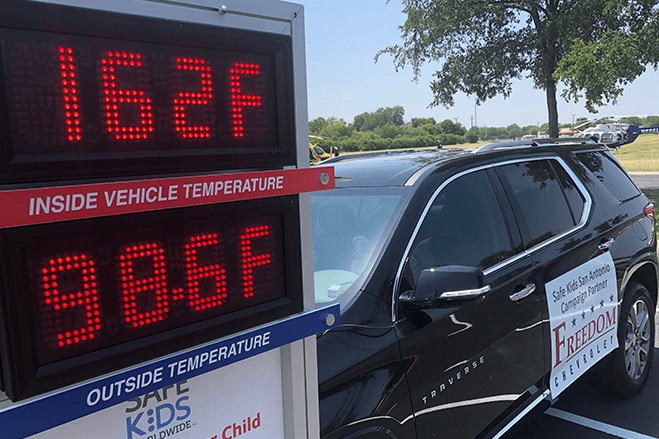Dr. Caitlyn Mooney, a sports medicine specialist at University Health, talks about traumatic brain injuries and how to recognize them.
A fall, sports incident or car crash can all result in a traumatic brain injury. As many as 3.8 million concussions occur each year, and almost half of them go undetected and untreated.
“A traumatic brain injury is an injury to the brain and head that’s caused by a trauma. That trauma can be to the body and to the head itself,” Mooney said.
Mooney says the injuries can range from mild to severe. The most common forms of traumatic brain injuries happen in car crashes, recreational sports, especially in young adults, and older adults who have a high risk of falls.
“If you think about boxers, where their heads go back and come forward, they can get what we call a counter coup from the brain moving around in the skull you can actually have a head injury,” Mooney said.
Symptoms to watch for immediately after impact:
- Headache
- Nausea
- Vomiting
- Vision changes
- Confusion and brain fog
Mooney said it’s not just the moment of impact that determines the level of injury, but what happens within the head in the moments leading up to that impact. “It seems like the rotation of the head has more to do in the deceleration when you hit has more to do with it than the actual impact,” Mooney said.
Mooney also said you can sleep with a concussion, but if you have one of the worrying symptoms listed above, you should be evaluated before going to sleep in case of a serious condition like a bleed.
Emergency Care at University Health
Find emergency and trauma care at University Health, the only civilian Level I trauma center in South Texas.




